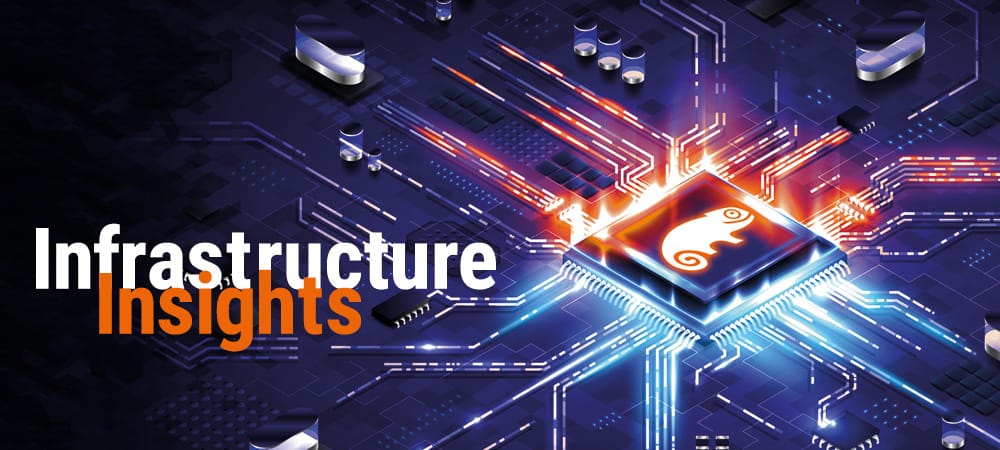Indirect use: What makes complicated things even more complicated


The topic of "indirect use" must be viewed from two perspectives: On the one hand, it is about users using SAP software directly or indirectly. Depending on the use, this requires a corresponding right of use in the form of a "named user license".
On the other hand, there are applications that use SAP technology. For this, SAP customers are to acquire a corresponding right of use for the "SAP NetWeaver Foundation for Third Party Applications" from SAP.
User perspective
The case is comparatively simple when it comes to use by the user. From SAP's point of view, this is about preventing misuse. It requires that everyone who uses SAP software has a corresponding right of use for it - regardless of how the SAP software is accessed.
Initially, this is understandable. Salesforce.com is often cited as an example.
If SAP customers decide not to use SAP's CRM solution and instead connect Salesforce.com to their SAP systems, SAP functions (for example, from the SD module) may still be used. SAP demands a right of use for this.
It is now up to the SAP customer to determine whether the user already has a sufficient named user license. If, for example, an employee only has an employee license to date, this is not sufficient to access the SD module via Salesforce.com.
In this case, an "SAP Professional User" license would have to be purchased subsequently and the existing Employee license could be used by another employee.
Things get more complicated with the "SAP NetWeaver Foundation for Third Party Applications" license. The topic is not new, but has been increasingly placed by SAP sales during SAP system surveys since 2015.
NetWeaver Foundation for Third Party Applications
Since the introduction of NetWeaver, the description has changed again and again. This is where the difficulty begins: Which of the different descriptions apply? The decisive factor is when the customer acquired the NetWeaver license, or at what time he last purchased SAP licenses.
If an SAP customer last purchased SAP licenses three years ago, the PKL from three years ago applies, but not the one from 2015 or 2016.
Up to and including PKL 2016/1, SAP customers acquired only the right to run SAP software on SAP technology (NetWeaver runtime environment) when they purchased the NetWeaver license.
In SAP's view, proprietary and third-party applications require a separate right of use, namely that of the "SAP NetWeaver Foundation for Third Party Applications" license.
From a legal point of view, it is more than questionable whether, in addition to the acquisition of the so-called developer license, another license actually has to be obtained for the operation of the in-house development.
Even for purchased solutions, it must be clarified in each individual case whether SAP's copyright is infringed.
Since PKL 2016/2 and likewise in PKL 2016/3, which has not changed in this context, it is no longer even a question of whether SAP technology is used or not. Rather, it is about the use of an SAP interface and access to information from SAP application tables.
If both criteria are met and third-party applications are used, SAP requires the said "SAP NetWeaver Foundation for Third Party Applications" license.
To find out whether you are subject to licensing - and with which application - it is advisable to perform the following analyses:
1. SAP contract analysis
What did I buy and when, and which PKL (regarding NetWeaver usage) did I recognize with it?
If there are several active SAP contracts, different definitions sometimes apply - so the question naturally arises as to which one really applies.
2. SAP architecture analysis and usage analysis
Which third-party application accesses which SAP application data via an interface? Or does it only access its own data in the SAP tables? How many users use this application?
Whether the application runs on NetWeaver technology is irrelevant according to the latest definition. This represents a tightening of the definition, because before PKL 2016/2 the application had to run on NetWeaver technology.
According to the currently valid definition, it no longer has to. To continue with the example
Salesforce.com to remain: Up to PKL 2016/1, a right of use "only" had to be purchased for users; as of PKL 2016/2, the "SAP NetWeaver Foundation for Third Party Applications" license must also be purchased for Salesforce.com.
3. legal examination
After these two analyses, which determine the maximum financial risk, a legal review should be performed. For each application, it is necessary to evaluate whether or not copyright infringement has occurred.
Just because SAP writes different definitions of NetWeaver technology in its PKL, this does not infer a legally justifiable claim.
The topic of "indirect use" is deliberately multi-layered; one searches in vain for unambiguity.
While contract analysis and legal evaluation are purely manual activities, system and usage analysis can be tool-supported (for example, with SmartTrack License Control for SAP).
In view of the problems described, SAP's system analysis cannot determine the facts of indirect use. Each SAP customer is required to determine for each application whether an "SAP NetWeaver Foundation for Third Party Applications" license is required or not.
It remains exciting to see how "indirect usage" will develop in the future - but above all, whether SAP will continue the massive additional claims to its customers that began in 2015.







